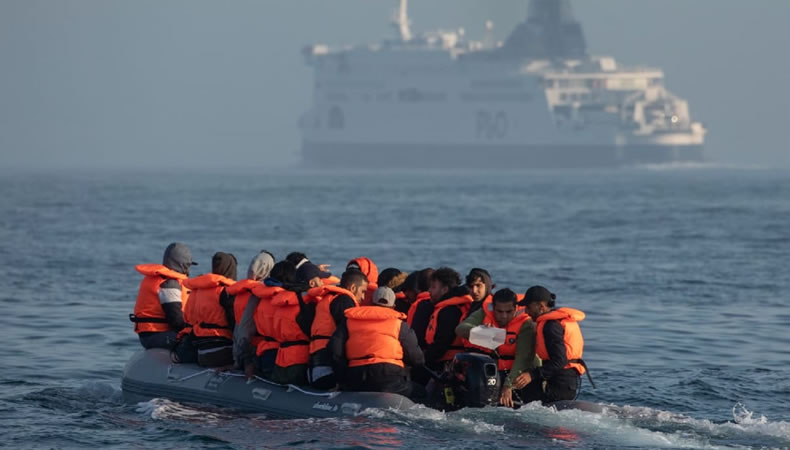How Middle East is home to global migration crisis

Migration has been a big global issue, and the year 2022 is not going to provide any respite from the crisis. Middle East region is the hub of the migration and experts suggest it would be a key factor that would be shaping the region in coming year. While several regional conflicts have resolved over time leading to diminished levels of violence, there are still many threats that can cause people to migrate out of their home countries.
Over years Middle East has emerged as a major destination for global migrants. Approximately 15 per cent of world migrants are currently living in Arab nations, according to International Organization for Migration. IOM said that a large proportion of these migrants come from outside the region, attracted by the economic opportunities available here. Furthermore, there is also a significant amount of migration within the Middle East. The IOM has observed that about 50 per cent of the migrants who originate in the Arab nations, stay within the region. In fact, Middle East and North Africa region have the maximum number of people globally who have been displaced internally and move within their own country.
The Middle East provides an amalgamated situation for migration. While Gulf part of the region offers economic opportunities to the migrating people pulling them from region and beyond, other parts of region have rather strong ‘pushing factors.’ These areas lack jobs for large population of younger people, pushing them to migrate to pursue options for a better future. It is true that while few people stay back in Middle East, many migrate beyond to Europe. Violent conflicts in many Middle East nations like Syria, Yemen, Iraq and Libya offer more push factors that force people out of the country to flee increasing violence and migrate to countries beyond. Syrian civil war, for instance, led to a huge wave of refugees making Syria the largest source of refugees fleeing the conflict.
The latest addition to the bulk of migrants and refugees is from Afghanistan in the wake of Taliban take over of country in August, leading to mass exodus of people fleeing to escape the humanitarian crisis in Afghanistan. Majority are going to Iran that already is hosting over 3.5 million migrants and refugees from Afghanistan.
At present the prime factors driving migration after the regional conflicts include pandemic and climate change. These factors continue to impact migration as Covid-19 pandemic adds to complication in cross-border travel, in addition to increasing economic pressure on the region. The coming years might add to the woes of region due to increased migration, thereby increasing the crisis and pressure on regional governments.




